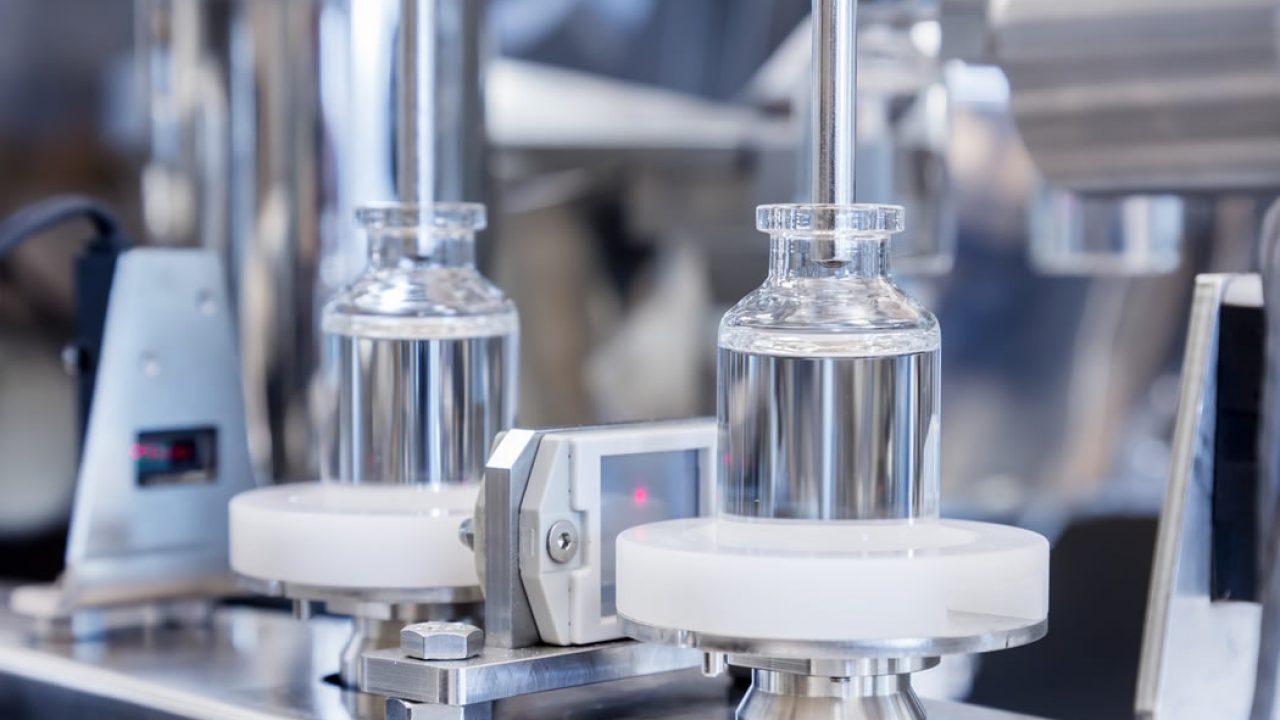Aseptic Processing Technologies and Applications Worldwide

Aseptic processing refers to the techniques used to package foods or medicines in a way that prevent contamination from unwanted microorganisms like bacteria or fungi. This specialized packaging process aims to keep the sterilized contents free from microbes and extend shelf life without needing refrigeration. In this article, we will explore how aseptic processing works, its significance in the food and pharmaceutical industries and address some commonly asked questions regarding this important manufacturing technology.
What is Aseptic Processing?
Aseptic processing involves preparing pre-sterilized food or medical products under ultra-clean controlled conditions and sealing them within pre-sterilized packaging to keep their sterilized state. All elements like containers, contents, packaging materials and equipment used are first sterilized through processes like heat, chemical treatment or filtration and assembled in an isolated aseptic environment devoid of microbial contaminants. The sterile assembly aims to maintain product sterility post-packaging without further heat treatment or addition of preservatives.
Key Steps in Aseptic Processing
The main steps involved in aseptic processing are:
1. Preparation and Sterilization: Raw materials, containers, closures and packaging components are first sterilized using methods like high-temperature short-time pasteurization or thermal sterilization.
2. Aseptic Filling: The sterilized product is filled into pre-sterilized containers inside an ISO classified clean room where air is highly filtered to remove microbes. Specialized filling machines are used for sterile transfer.
3. Container Sealing: Once filled, containers are promptly sealed using sterile closures, caps or lids to prevent recontamination before packaged.
4. Packaging: Sealed containers are packed into secondary sterile packaged boxes or cartons under strict aseptic conditions before storage and shipping.
5. Quality Testing: Strict quality checks and microbial testing are conducted on both product and packaging throughout and post-processing to ensure sterility is maintained.
Significance and Uses of Aseptic Processing
Aseptic processing is invaluable in increasing shelf life of heat-sensitive packaged foods, dairy and fruit juices without the need for refrigeration or high acidity levels. It allows for distribution and storage at ambient temperatures for 6-12 months versus just 3-4 weeks for conventionally canned products. This offers significant logistical, storage and transport benefits.
Aseptic Packaging is extensively used across the food and beverage sector for packaging products like milk, soup, fruit juices, sauces, liquid coffee, baby food, etc. It also has widespread applications in pharmaceuticals for sterile medical injectables, infusions, plasma and vaccines. Aseptic techniques help ensure microbial integrity of heat-labile biologics during long-term storage and transport prior to use.
Sustaining Product Sterility Through the Supply Chain
Maintaining product sterility right from the beginning till consumption poses a key challenge in aseptic processing. Ensuring complete removal of microbes during equipment sterilization and keeping the aseptic assembly lines microbiologically inert are vital. However, even a small breach post-packaging could lead to contamination and spoilage over time.
Some other factors that help sustain product sterility include using high-quality packaging materials resistant to oxygen and moisture transmission, minimizing human interventions and optimizing storage and distribution conditions. Robust quality control systems along with ongoing validation and microbial monitoring aid in quickly identifying and addressing any potential issues. With proper implementation and quality assurance measures, aseptic processing allows distribution of shelf-stable packaged foods and medicines globally while retaining sterility.
Consumer Perception and Awareness
While aseptic packaging is considered safer than conventional canning with no preservatives or additives needed, some customers still perceive the technology as inferior or less natural compared to fresh foods. Educating consumers about the microbiological purity achieved through strict aseptic manufacturing can help increase acceptance of packaged shelf-stable foods. Assurance of no loss of nutrition during processing compared to traditional methods also boosts confidence in aseptically packaged products. As consumers seek convenient ambient stable options, aseptic technology will likely play a growing role in food preservation worldwide.
By providing an effective alternative to thermal sterilization, aseptic processing allows for producing and distributing heat-labile packaged foods and medicines at ambient temperatures globally. When properly implemented with robust quality systems, aseptic packaging ensures microbiological integrity of contents for several months without refrigeration needs. Its widespread usage in key industries underscores its significance in modern food production and healthcare. With ongoing advances, aseptic technology will continue enhancing food safety and security, while supporting distribution of perishable products across geographies.
For more Insights, Read –
https://www.insightprobing.com/aseptic-processing-trends-growth-and-analysis/
Check more trending articles related to this topic:
- Art
- Causes
- Crafts
- Dance
- Drinks
- Film
- Fitness
- Food
- Игры
- Gardening
- Health
- Главная
- Literature
- Music
- Networking
- Другое
- Party
- Religion
- Shopping
- Sports
- Theater
- Wellness
- IT, Cloud, Software and Technology


